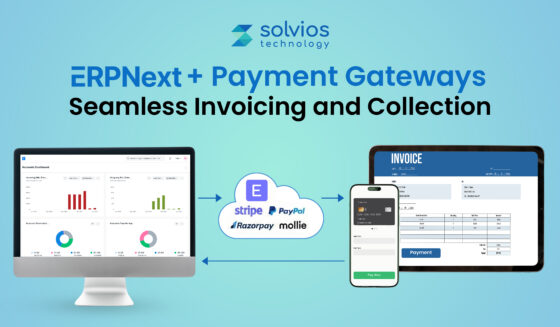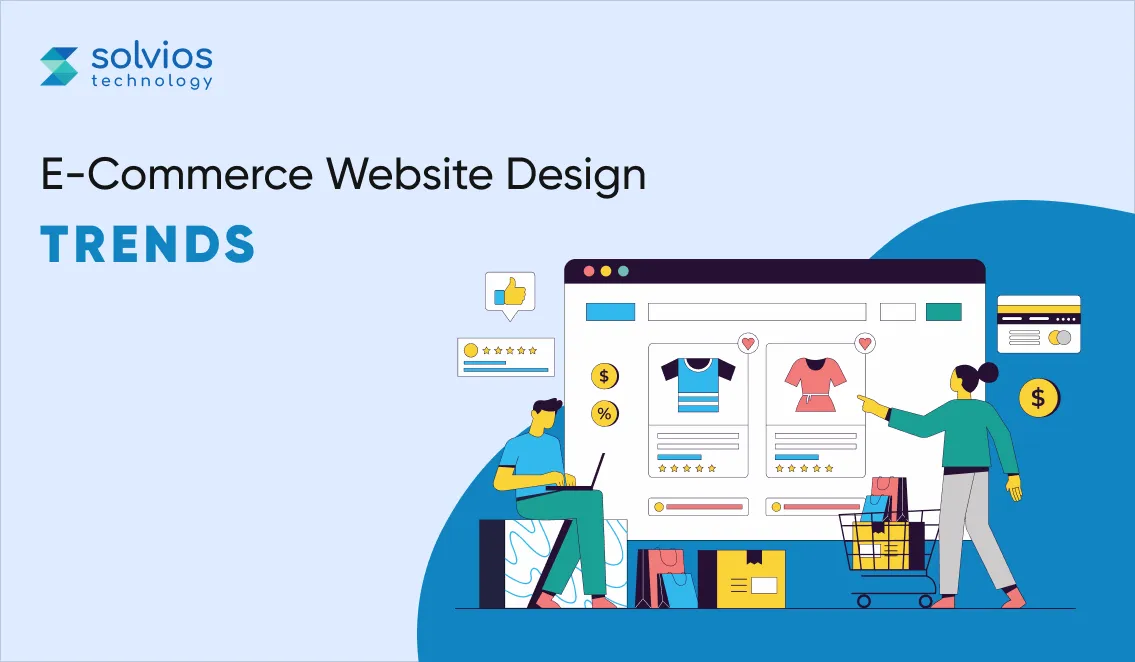
Stay ahead of competitors by aligning your e-commerce website design with industry giants. Chances are, you’ve already encountered E-commerce Website Design Trends either as a consumer or through someone in your network. Staying informed ensures you can leverage these advancements to your advantage.
If you’ve perused our earlier piece on retail web design and eCommerce web development, you’ll notice that many of these trends check off the boxes for exceptional eCommerce design.
As technology evolves, new trends emerge, fostering fresh and captivating customer-centric experiences. Just as you wouldn’t allow your physical store to fall behind, neglecting your online presence is equally counterproductive. Embrace the latest e-commerce website design trends in 2024 to enhance your merchandising efforts and stay competitive in the digital marketplace.
Are you ready to uplift your eCommerce game and captivate your audience with cutting-edge design? Let’s dive into the tried and tested trends shaping the future of e-commerce retail.
1. Brand Storytelling
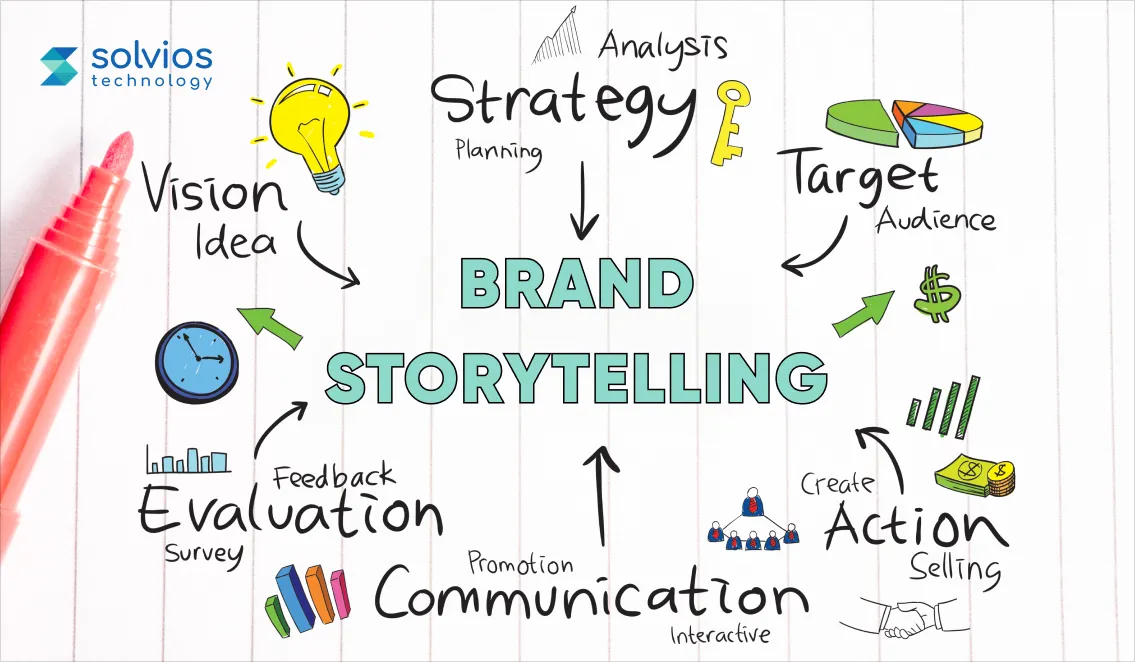
Unlock the narrative potential of visual storytelling within the realm of eCommerce, where each image, video, and infographic weaves a compelling tale about your brand and its products. Just as a masterpiece in a gallery evokes emotion and connection, harnessing high-quality visuals forms an emotional bridge between your audience and your offerings, guiding them seamlessly along their shopping journey.
Here’s a breakdown of the key components:
- Emotive Imagery:Curate images that strike an emotional chord, fostering a deeper connection with your brand and increasing the likelihood of conversion.
- Engaging Videos: Utilize videos strategically to showcase product demos, share brand stories, or feature user-generated content, captivating your audience and keeping them engaged.
- Informative Infographics: Simplify complex information through visually appealing infographics, offering customers easily digestible content that enhances their understanding of your products.
2. Adopt a Mobile-First Design Approach
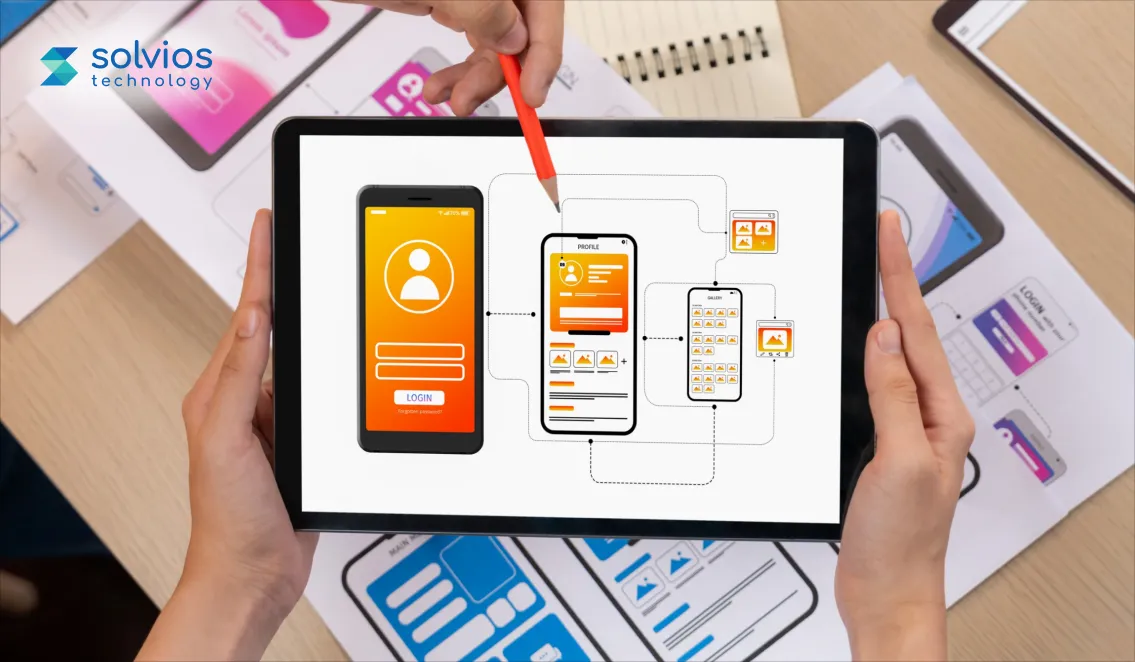
In a world where smartphones reign supreme, prioritizing a mobile-first approach is essential for modern eCommerce design. This methodology ensures optimal performance on small screens, delivering intuitive navigation, swift load times, and visually pleasing interfaces. Here’s what it entails:
- Simplicity: Streamline your design to prioritize essential information and functionality, eliminating clutter on smaller screens.
- Responsiveness: Ensure your design adapts seamlessly to various screen sizes, ensuring a consistent user experience across devices.
- Speed: Emphasize efficient loading and smooth operation, enhancing the overall user experience on mobile devices.
Importance of UX/UI in Mobile App Development
Find Your Answers3. Enhance Filter Functions for Engagement
Empower your customers with engaging filter functions that streamline their shopping experience and guide them toward their desired products. By revolutionizing your business with innovative tools, you can elevate user engagement and satisfaction to new heights.
- User-Friendly Interface: Design filter functions with user intuitiveness in mind, making them easily accessible and straightforward to use.
- Versatile Options: Offer a diverse range of filters to cater to individual preferences, allowing customers to refine their search based on specific criteria.
- Speed and Efficiency:Ensure filters deliver quick and accurate results, saving customers time and simplifying their shopping journey.
4. Leverage AI and Personalization
th the power of artificial intelligence and machine learning to provide highly personalized experiences for your customers. By analyzing user behaviors and preferences, AI technology delivers tailored product suggestions and custom content, enhancing relevance and engagement throughout the shopping journey.
- Tailored Recommendations: Utilize AI to analyze customer data and offer personalized product suggestions based on individual preferences.
- Dynamic Content: Deploy AI-driven technologies to display custom content tailored to users’ shopping habits and past interactions.
- Improved User Engagement: Enhance user engagement and conversion rates through personalized content and product recommendations.
5. Embrace Immersive Product Visualization
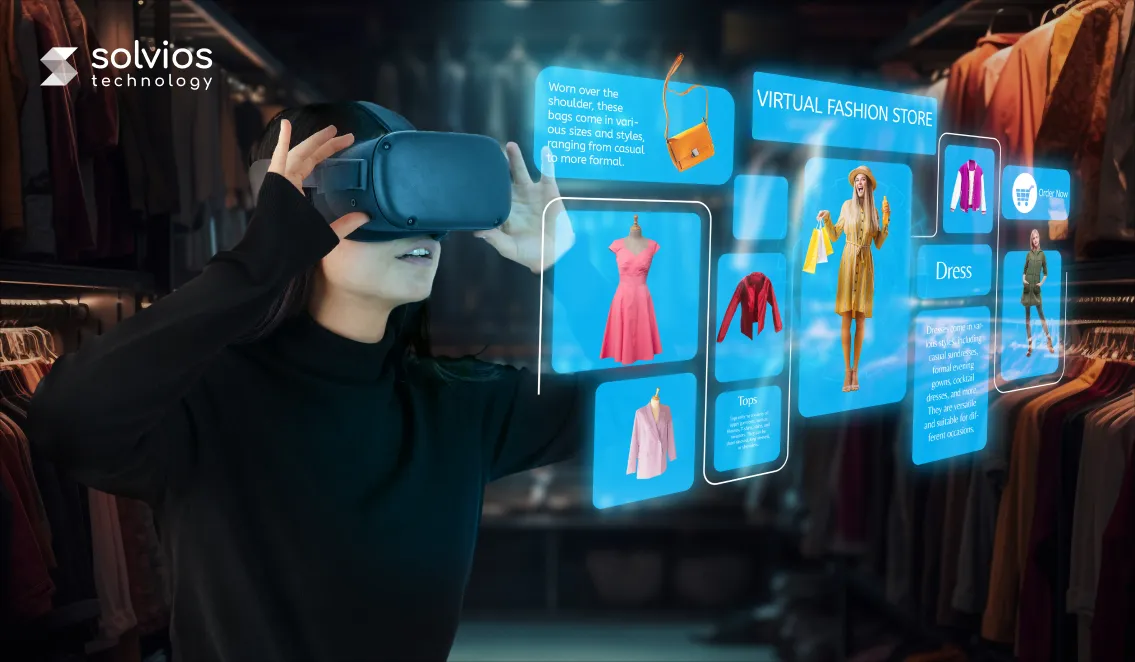
Elevate the online shopping experience with immersive product visualization techniques, allowing customers to explore products in detail. Technologies such as 3D modeling and augmented reality (AR) provide interactive experiences that closely mimic the in-store shopping experience, increasing confidence and satisfaction among shoppers.
- 3D Modeling: Enable customers to thoroughly explore products from every angle, instilling confidence in their purchasing decisions.
- Augmented Reality: Empower customers to visualize products in their environment, facilitating informed purchase decisions.
- Increased Engagement: Enhance the shopping experience with interactive visualization techniques that captivate and immerse customers.
6. Integrate Interactive Content

Inject interactivity into your eCommerce experience through engaging elements such as quizzes, polls, games, and interactive videos. These interactive features encourage active participation from users, prolonging their time on your site and ultimately driving conversions.
- Active Participation: Engage users with interactive elements that encourage active participation and interaction.
- Enhanced User Experience: Vary the user experience with interactive content that adds depth and enjoyment to the shopping journey.
- Increased Conversions: Drive conversions by capturing users’ attention and prolonging their engagement through interactive elements.
7. Incorporate Microinteractions in Design
Enhance user engagement and satisfaction with subtle micro-interactions that provide feedback and guidance throughout the shopping experience. These small yet impactful design elements enrich the user interface, making interactions more intuitive and enjoyable.
- Feedback: Utilize micro-interactions to deliver instant feedback and confirmation of user actions, enhancing usability and satisfaction.
- Visual Guidance: Employ subtle animations and visual cues to guide users through their tasks and interactions seamlessly.
- User Engagement: Enhance user engagement by incorporating interactive elements that captivate and delight users as they navigate your site.
8. Prioritize Accessibility in Design
Ensure inclusivity in your eCommerce design by prioritizing accessibility features that serve your users with disabilities. From enhancing color contrasts for better visibility to implementing user-friendly navigation, the accessible design ensures equal access to online shopping experiences for all users.
- Contrast and Colors: Optimize color contrasts to improve visibility and readability with visual impairments.
- Font Choices: Choose clear, easily readable fonts and adjustable font sizes to accommodate users with vision impairments.
- User Interface: Incorporate features such as keyboard-friendly navigation and alt text for images, ensuring a seamless experience for users with various accessibility needs.
Bottom Line
As we bid adieu to our exploration of the ever-evolving landscape of e-commerce web design trends, we’re left with a sense of excitement for what lies ahead. The trends shaping e-commerce in 2024 can be aptly described as swift, sleek, and visually captivating.
Keeping abreast of these trends is paramount to ensuring the success of your e-commerce venture. By staying current with the latest design innovations, you position your online store for optimal performance and customer engagement.
Ultimately, the e-commerce web design trends of 2024 embody concepts that instill trust in your brand and guide users toward conversion. From intuitive navigation to immersive visuals, these E-commerce Website Design Trends are poised to elevate the online shopping experience for consumers worldwide.
As you navigate the dynamic world of e-commerce, remember that embracing these E-commerce Website Design Trends isn’t just about staying fashionable it’s about meeting your audience’s evolving needs and expectations. Here’s to a future where innovation meets usability and where your e-commerce store thrives amidst the ever-changing digital landscape.
Let’s Build your Dream E-commerce Store Today!
Talk to an ExpertTags
Related Blog
Want to get started with App Development?
These applications are acquiring enormous prevalence by offering hands-on enterprise mobility solutions for organizations around the globe.
Start A Conversation







